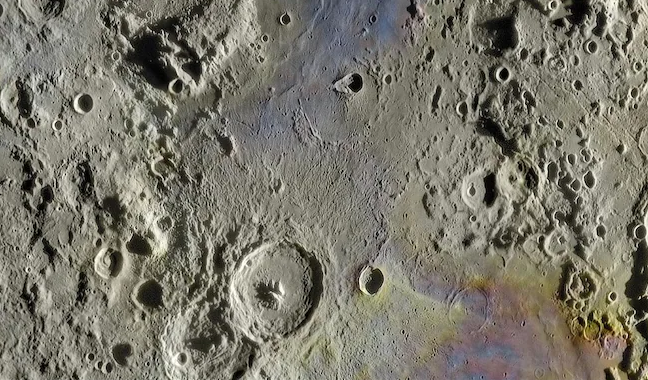Chinese scientists have made a groundbreaking discovery by analyzing tiny glass beads from the moon, suggesting that lunar volcanoes were active as recently as 120 million years ago. This finding significantly revises previous estimates, which had indicated that volcanic activity on the moon ceased billions of years ago.
The discovery emerged from an analysis of three glass beads, whose chemical signatures imply volcanic activity much more recent than previously thought. Earlier studies of lunar rock samples from the Chang’e 5 mission had suggested that volcanic activity on the moon declined around 2 billion years ago, with some estimates pushing this timeline back to 4 billion years ago.
The new research, published in the journal Science, was described as “a little bit unexpected” by Julie Stopar, a senior scientist at the Lunar and Planetary Institute, who was not involved in the study. This revelation challenges the long-held belief that the moon’s volcanic activity had long since ceased.
The Chang’e 5 mission brought back the first moon rocks to Earth since the 1970s, when NASA’s Apollo missions and Soviet spacecraft last collected lunar samples. China’s recent lunar missions, including a sample return from the moon’s far side in June, have continued to provide valuable data.
He Yuyang from the Chinese Academy of Sciences, a co-author of the study, suggested that these findings could offer insights into how long small celestial bodies, including Earth, can remain volcanically active. The researchers analyzed around 3,000 lunar glass beads, each smaller than a pinhead, and identified three that appeared to be linked to volcanic eruptions.
Glass beads on the moon can form when molten droplets solidify after volcanic eruptions or meteorite impacts. This study represents the first physical evidence of more recent volcanic activity on the moon, although further research is needed to confirm the exact origins of these beads.
NASA’s Lunar Reconnaissance Orbiter had hinted at possible recent volcanic activity back in 2014, but this study provides the first tangible proof. Julie Stopar emphasized that this unexpected finding should spur further research to explore how volcanic activity could have continued into such a late stage in the moon’s history.
Overall, this discovery not only reshapes our understanding of the moon’s volcanic history but also opens up new avenues for studying the volcanic activity of other celestial bodies.




